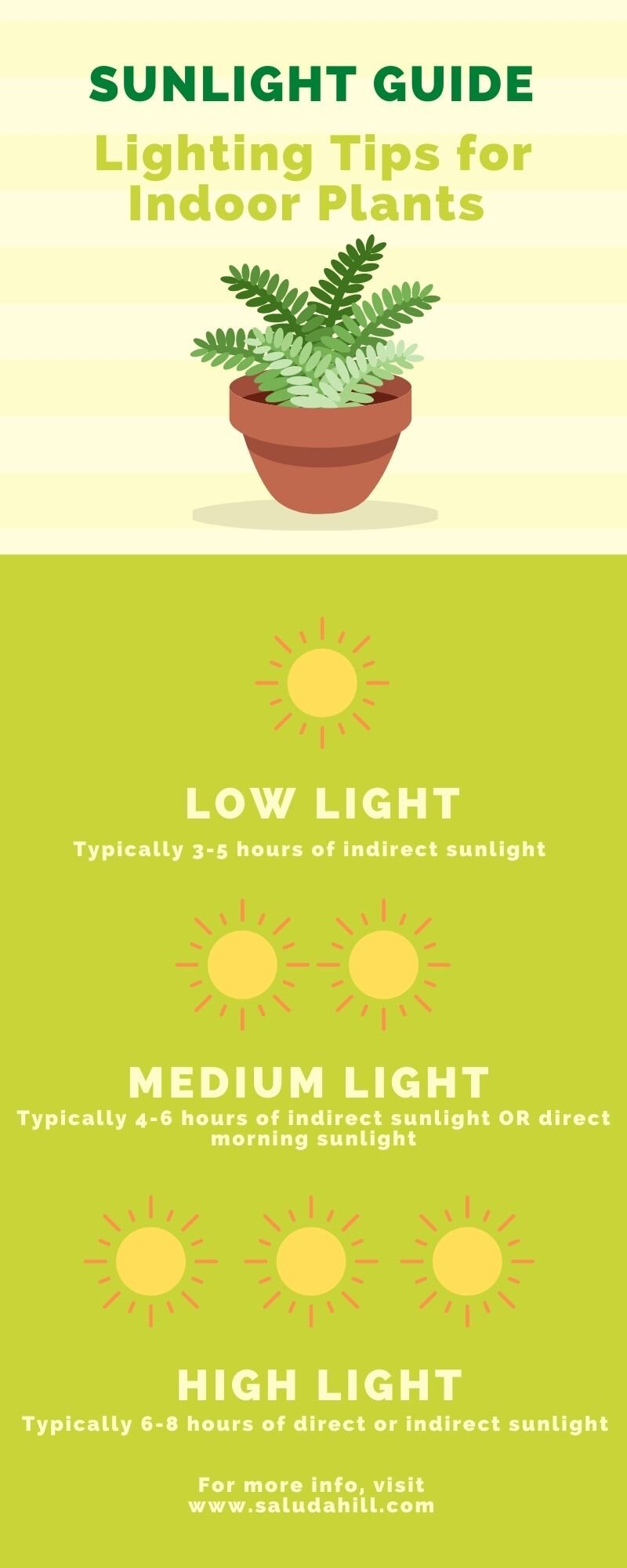Can Indoor Plants Help Improve Your Health
Indoor Plants Have Become A Trend That We Can Totally Get Behind!
They improve the aesthetic of your home while also improving the air quality of your home, and now more than ever, we all have air quality on our brain a little more than usual.
We all know about photosynthesis… the plant absorbs carbon dioxide and release clean oxygen, right? But did you know that some plants can actually absorb certain toxins in the air and potentially harmful radiation or unpleasant smells. (Moms, maybe try sticking a plant in your teenage boy’s room?) Indoor plants are also able to filter dust particles, creating a cleaner home for you and your family.
While indoor plants can have all these positive effects of your home, it’s only possible if you pick the right plants for your lifestyle and home.
HERE’S A FEW THINGS TO CONSIDER WHEN GETTING INDOOR PLANTS:
1. Lighting is everything
It’s true for photography, it’s true for plants. You have to match your plant to your light availability so it’s important to determine how much light you actually have. Pick a spot that you think you’d like to put your plant and keep an eye on the light changes throughout the day. Keep in mind that as the season change, so will your lighting.
Here’s a few principles to go by when it comes to lighting:
Low Light- typically 3-5 hours of indirect sunlight. This is NOT zero light.
Think of it this way, if you can sit in the room and read a book comfortably without turning on the light, that’s low light. If you need to turn on a light, that’s no light.
Medium Light – Typically 4-6 hours of indirect sunlight OR direct morning sunlight
High Light – Typically 6-8 hours of direct or indirect sun
As we mentioned earlier, be mindful of the changing seasons and how they affect sunlight. We’ve seen far too many plants get sunscald in the winter months because the direct afternoon sun is just too hot for them.
As a general rule of thumb, try to give your indoor plants the most sun possible though. They love to be in the spotlight. If you are a little scarce on the sunlight to go around, you can try some of the plants listed below that tend to accept lower light.
Pothos
Snake Plant
ZZ Plant
Chinese Evergreen
Peace Lily
Rubber Plant
Arrowhead Vine
Click Here to get a FREE download of this Sunlight Guide.
2. The Ways of Watering
Any idea what the most common death of an indoor plant is? Overwatering!
The second most common? Underwatering!
Feeling a little bit like you can’t win with those stats? No problem, we’ll help you!
Generally speaking, the smaller the pot, the more frequently you’ll need to water your plant.
Click Here to download this Watering Guide
Small pots (2-3 inches) might need water every day depending on the plant’s needs and the richness of the soil.
A 4-6 inch pot may need water every 3-4 days
A 10-inch pot (or larger) usually only requires water every 4-6 days.
The location of the plant does alter the watering needs slightly, as well as the type of pot, variety of plant, soil condition, general humidity, time of year and weather conditions.
If it’s a gray day, the plant won’t be using as much water as sunny days.
There’s so many factors that go into determining how and when you need to water your plants that it can be overwhelming. A little tip is to use a dowel or stick, insert it all the way into the pot and when you pull it out, you’ll have a good idea of the water level in the pot.
QUICK TIP: the larger the pot, the more water will be stored in the bottom soil. Yes, even if there’s drainage holes.
If you’re looking for plants with low watering maintenance, here’s a list you’ll want to check out:
Orchids
Ponytail Palm
Succulents
Spider Plant
ZZ Plant
Red Aglaonema
Pothos
Rubber Plant
If you aren’t looking to have to water your plants everyday, an alternative is to give the plants a good misting every day. They generally love the humidity and will graciously take a misting.
ASIDE FROM THE HEALTH BENEFITS OF INDOOR PLANTS, THEY JUST LOOK PLAIN COOL.
They add an element to your aesthetic that you can’t get with much else. So head on over to your local nursery and pick out your new plant best friend. You won’t regret it! If you’re ready for some backup, bring in the pros and get the residential or commercial landscaping you’ve been wishing for! Let’s talk today! Call us at 803-957-7335 or request your free quote now!




